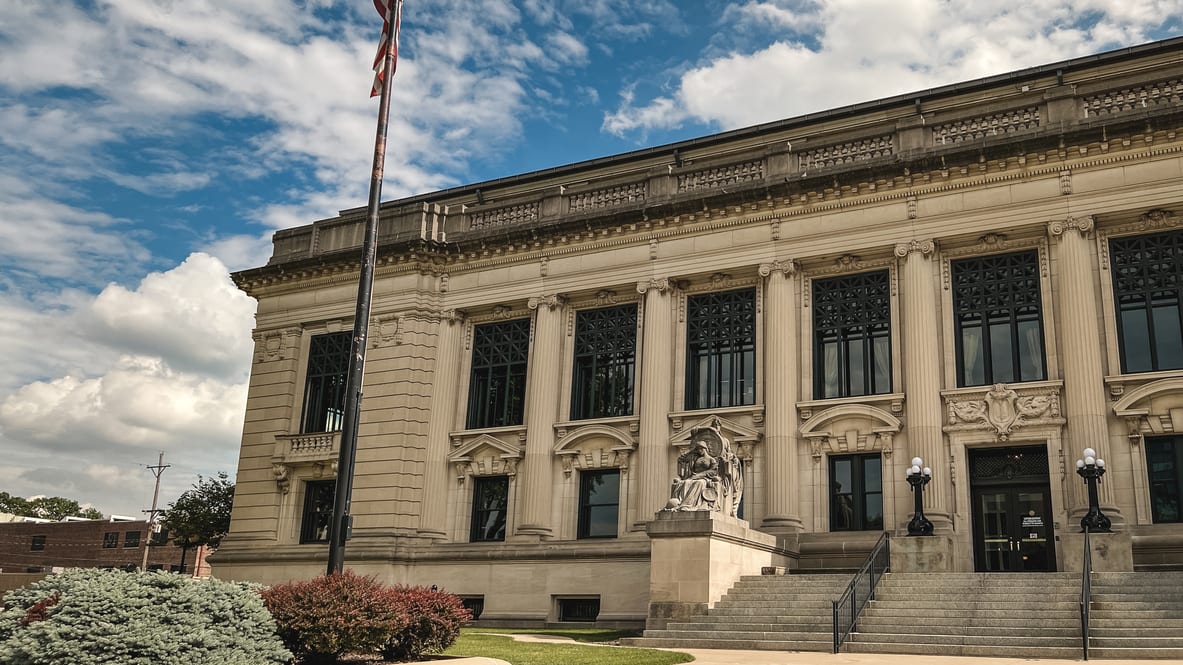In the Illinois Supreme Court's latest ruling in the biometric privacy space, it decided in Walton v. Roosevelt University that claims brought under the Biometric Information Privacy Act (BIPA) by union employees are pre-empted by the Labor Management Relations Act (LMRA) where an employer invokes a broad management rights provision in a collective bargaining agreement.
This ruling, which is consistent with federal court decisions addressing the issue, is a rare win for defendants facing BIPA class actions. Employers with unionized workforces may now assert a LMRA pre-emption defense in seeking dismissal of BIPA claims based on decisions issued by Illinois's highest state court and the U.S. Court of Appeals for the Seventh Circuit.
Case Background
An employee alleged that when he started working at Roosevelt University in 2018, Roosevelt required him to enroll a scan of his hand geometry onto a biometric timekeeping device as a means of clocking in and out of work. He sued Roosevelt the following year, alleging that the university violated BIPA in connection with Roosevelt's use of the timekeeping system by:
- Failing to develop a written policy made available to the public, establishing a retention policy and guidelines for destroying biometric data.
- Collecting his biometric data without providing him with the requisite notice and obtaining his written consent.
- Disclosing his biometric data without consent.
Roosevelt moved to dismiss the case on the basis that plaintiff's claims were pre-empted by LMRA. Specifically, Roosevelt argued that the plaintiff had been a union member while employed by Roosevelt, and the collective bargaining agreement contained a management rights clause broad enough to cover the manner by which union employees clocked in and out of work.
As support, Roosevelt cited the U.S. Court of Appeals for the Seventh Circuit's decision in Miller v. Southwest Airlines, which held that federal labor law pre-empts BIPA claims when the claims require interpretation or administration of a collective bargaining agreement.
The Cook County Circuit Court rejected Roosevelt's LMRA pre-emption argument, finding Miller distinguishable and holding that BIPA claims are "not intertwined with or dependent substantially upon consideration" of terms of a collective bargaining agreement because a person's rights under the BIPA "exist independently of both employment and any given collective bargaining agreement."
Because the issue presented a close call, however, the Circuit Court certified the following question for interlocutory appeal: "Does Section 301 of the LMRA pre-empt BIPA claims asserted by bargaining unit employees covered by a collective bargaining agreement?" The Illinois Appellate Court answered the certified question "yes."
The court noted that the Seventh Circuit had recently come to the same conclusion in a case where the relevant factual and legal circumstances were indistinguishable. The appellate court determined that BIPA "contemplates the role of a collective bargaining unit acting as an intermediary on issues concerning an employee's biometric information."
The Illinois Supreme Court's Decision
The Illinois Supreme Court subsequently affirmed the appellate court's decision. The state Supreme Court observed that the Seventh Circuit had twice held that federal law pre-empts BIPA claims asserted under similar circumstances, and it noted that when interpreting federal statutes, Illinois courts look to the decisions of the U.S. Supreme Court and federal circuit and district courts.
It further noted that the U.S. Supreme Court's interpretation of federal law is binding, and that in the absence of precedent, the weight given to federal circuit and district court interpretations of federal law depends on factors such as uniformity of law and the soundness of the decisions.
In sum, the state Supreme Court deferred to the uniform federal case law on the issue and held that when an employer invokes a collective bargaining agreement's broad management rights clause in response to a BIPA claim brought by a bargaining unit employee, the plaintiff's BIPA claims are pre-empted by the LMRA.
Implications For Employers
Like the Seventh Circuit's decisions, Walton reflects a rare defendant-friendly development and provides a basis for certain employers to seek dismissal of BIPA claims on LMRA pre-emption grounds. The defense applies only to a subset of employers, however, as it can be asserted only by employers with unionized employees who have entered into a collective bargaining agreement that contains a management rights clause broad enough to cover the manner by which employees clock in and out of work.
Furthermore, unionized employees are not prohibited from seeking redress for alleged BIPA violations. They are simply required to first pursue those claims through the grievance procedures in their collective bargaining agreements, rather than in state or federal court.
Moreover, the National Labor Relations Board, the agency that enforces the National Labor Relations Act, has indicated that it intends to reshape current law regarding employee privacy and management rights provisions. If such changes take effect, they could reshape how courts assess federal labor law pre-emption in future BIPA cases.
The Walton ruling highlights the importance of carefully negotiating and drafting collective bargaining agreement provisions, particularly with respect to management rights. Employers in states with strict privacy laws (like the BIPA) should consider contract language that specifically provides management with the right to use and store certain biometric data and/or implement other new technologies.
Alex W. Karasik and Tyler Z. Zmick are attorneys with Duane Morris in Chicago. Elizabeth C. Mincer is an attorney with Duane Morris in Philadelphia. © 2023. All rights reserved. Reprinted with permission.
An organization run by AI is not a futuristic concept. Such technology is already a part of many workplaces and will continue to shape the labor market and HR. Here's how employers and employees can successfully manage generative AI and other AI-powered systems.




